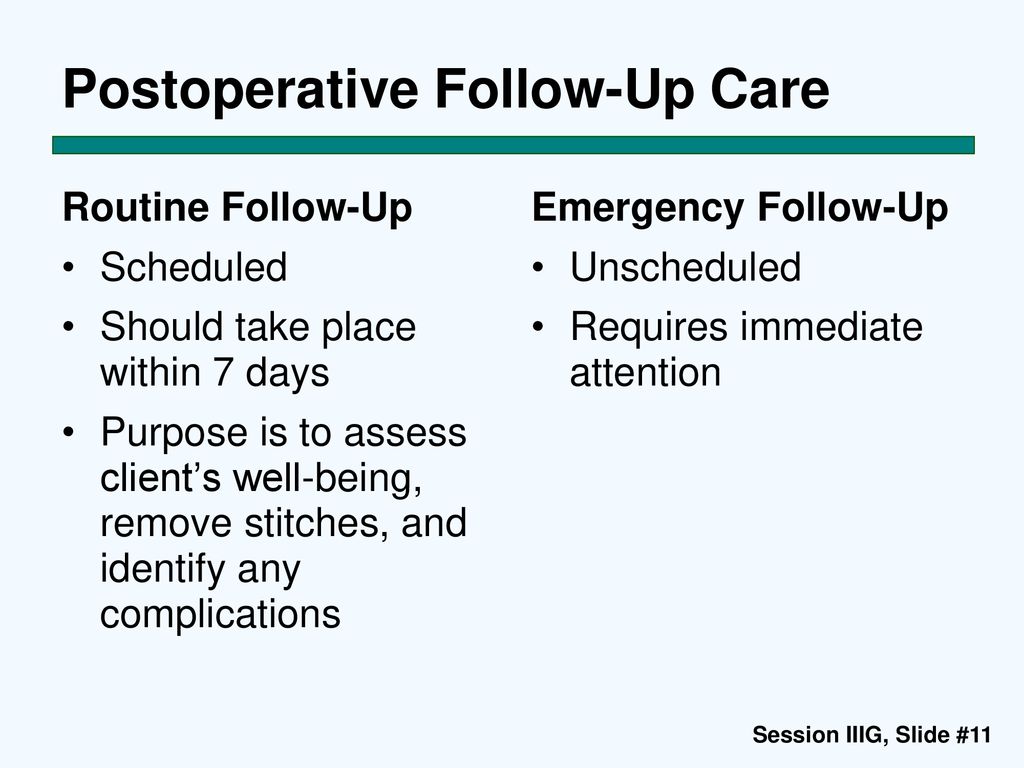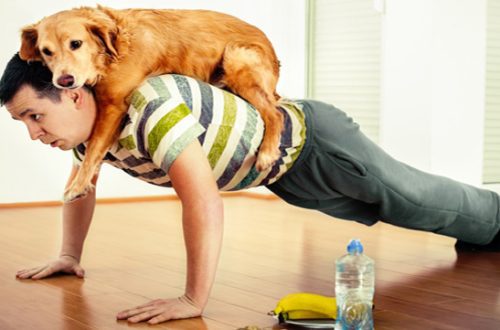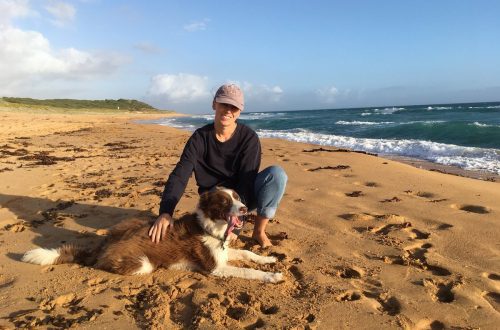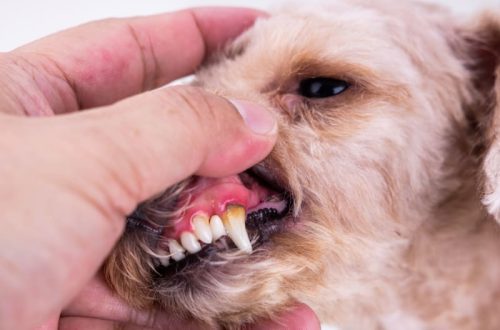
Sterilization: postoperative care
Sterilization is a rather complicated procedure that is performed under general anesthesia. Therefore, after the operation is completed, it is important not to leave the pet unattended and to properly care for it in order to avoid complications.
Contents
Sterilization: postoperative care of the bitch
It is important to correctly bring the dog out of sleep. At this time, all vital processes slow down, which is fraught with hypothermia. Therefore, if you are transporting a dog, wrap it warmly, even in warm weather.
Care in the first days:
Prepare an absorbent bedding – while the dog is in an anesthetic sleep state, involuntary urination may occur.
Place your dog on a firm surface, away from drafts. It is better if she lies on her side, stretching out her paws.
Turn the dog over 1-2 times per hour to prevent blood supply and pulmonary edema.
Keep the diaper clean, change it in time.
Make sure your heart rate and breathing are even. If the dog reacts to stimuli (for example, twitches its paw when tickled), it means that it will wake up soon.
If after the operation, veterinarians did not treat the larynx and eyelids with a special gel, moisten the mucous membrane of the dog’s mouth and eyes every half hour. But only in the deep sleep phase, before the dog starts moving.
Remember that when coming out of anesthesia, the dog may not behave quite adequately. This is due to the fact that reflexes and breathing abilities are not restored immediately. Be patient, calm and caress the dog. If she does not want to communicate, do not insist.
Stitch care after sterilization
The stitches may hurt. You can understand that the dog is in pain by its behavior: it moves cautiously and stiffly, whines when it recovers, tries to gnaw at the seam. In this case, you can use an anesthetic drug prescribed by a doctor.
Follow your doctor’s instructions for suture treatment.
Keep the operated area clean.
Monitor your dog’s condition. Normally, the appearance of the scar improves every day. A rash, redness, or damage is a sign that something is going wrong. Consult your veterinarian.
Limit your activity, dogs, so that unhealed wounds don’t stretch and open. Avoid active games, climb the stairs slowly. It is better to carry a small dog for a walk in your arms.
Don’t bathe your dog. In wet weather, wear waterproof clothing.
If stitches need to be removed, contact your veterinarian in time.
What to do so that the dog does not gnaw or comb the seams after sterilization
Operation blanket. It protects from dust and dirt and is made of breathable and thin material. Change at least once a day.
Collar – a wide funnel that is worn around the dog’s neck.
Dog care after castration
If the castration took place under local anesthesia, the owner will only have to follow the recommendations of the veterinarian for the treatment of the wound.
If the operation was performed under general anesthesia, care will be more difficult.
Prepare an absorbent bedding – while the dog is in an anesthetic sleep state, involuntary urination may occur.
Place your dog on a firm surface, away from drafts. It is better if the dog lies on its side, stretching out its paws.
Turn the dog over 1-2 times per hour to prevent blood supply and pulmonary edema.
Keep the diaper clean, change it in time.
Make sure your heart rate and breathing are even. If the dog reacts to stimuli (for example, twitches its paw when tickled), it means that it will wake up soon.
If after the operation, veterinarians did not treat the larynx and eyelids with a special gel, moisten the mucous membrane of the dog’s mouth and eyes every half hour. But only in the deep sleep phase, before the dog starts moving.
Coming to his senses, the dog will stagger, his eyes will be cloudy. Don’t worry, this is normal and will pass soon.
Feeding a dog after spaying
Digestion is restored within 3 days. Therefore, do not rush to immediately feed the dog to its full capacity – this can cause vomiting. It’s much better to starve.
You can water the dog after the restoration of motor reflexes, when the pet can keep its head straight and stop staggering. Until this happens, let’s gently introduce water in small portions on the cheek. If water enters the lungs or airways, pneumonia can develop.
Subsequently, choose an easily digestible but nutritious food. For the first 2 weeks, give preference to soft foods: soups, cereals, mashed potatoes, canned food. Then gradually transfer your four-legged friend to a normal diet.





